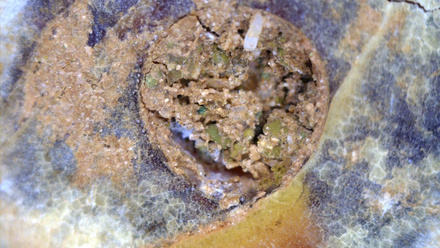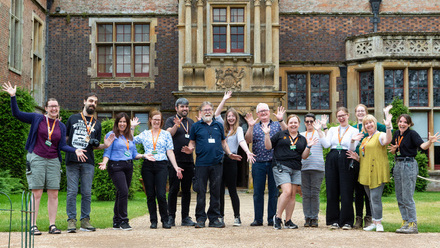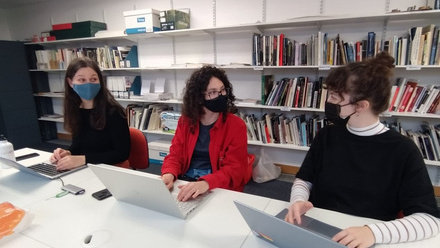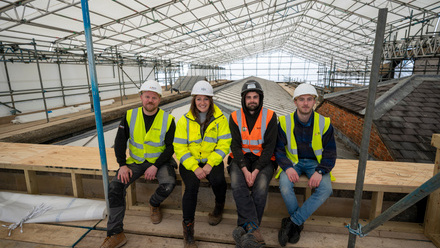GREENART: Green Restoration
Maintenance and preservation of cultural heritage are crucial to the required reduction of risks caused by unfavourable environmental conditions as a consequence of climate change.
However, traditional and some contemporary materials and techniques of remedial and preventive conservation may not be entirely sustainable, e.g. they may be the result of energy-consuming production processes or non-environmentally friendly materials, such as petroleum-based solvents.
GREENART will research and propose new and improved solutions, based on green and sustainable materials and methods, to preserve cultural heritage in line with UN Sustainable Development Goals and the requirements of The European Green Deal.
As part of the 3-year project starting in October 2023, a team of researchers from the Heritage Science Laboratory of the University of Ljubljana (Faculty of Chemistry and Chemical Technology) led by prof. dr. Matije Strlič will evaluate the environmental footprint of storage solutions.
The housing materials in such environments can range from cardboard to polythene, polypropylene to crates, and the pros and cons of these solutions along with the conservation requirements (e.g. lifetime extension) needs to be assessed in order to develop an understanding of cost and benefits and in order to model the whole life-cycle of not only the storage enclosures but also of the objects being stored.
Nowadays, collection storage and the provision of suitable environmental conditions in the long-term represent significant proportions of energy budgets of heritage institutions. Improved storage solutions that require less environmental control would represent a major advantage and lead to more sustainable long-term care.
Within the GreenArt project, the team of prof. dr. Matija Strlič will explore these in collaboration with the German company Zentrum für Bucherhaltung from Leipzig.
The project overall goals are the following:
- Development of protective coatings based on green materials from waste and plant proteins, with self-healing and reversibility properties, functionalized with organic/inorganic nanoparticles to impart VOC capture, anti-corrosion and barrier behaviors.
- Development of foams and packaging materials made by biodegradable/compostable polymers from renewable sources (polyurethanes and natural fibers) to control T/RH.
- Development of consolidants based on natural polymers from renewable sources, to mechanically strengthen artifacts.
- Development of gels and cleaning fluids inspired by the most advanced systems currently available to conservators, improving them according to green and circular economy.
- Development of green technological solutions for non-invasive heritage monitoring against pollutants and cyclic environmental conditions.
Planned research:
- European regulations and green chemistry metrics will be used to screen the best candidate materials, following a safe-by-design approach.
- The products will be assessed at the lab scale on representative mock-ups of works of art (remedial conservation), or in simulated museum/archive environments (preventive conservation). The most promising systems will be transferred to field assessment on actual artefacts and museums/archives, in cooperation with SSH and conservator partners.
- The best performing products will undergo LCA and LCC (Life Cycle Cost) analysis to check that all phases in their life cycle are sustainable in terms of costs and safety to the producers, end-users and the environment. LCA and LCC will also be used to holistically minimize energy-consumption in the monitoring of whole museum environments.
- The best products will also fed into a GREENART open repository and an App to illustrate the new solutions and involve citizens in good preservation practices. Constant feedback from conservators (internal or external to the partnership) could stimulate iterative refinement of the products, triggering a positive loop in this methodological approach.
Partnership
The Greenart project is funded through the Horizon Europe Framework Programme (grant no 101060941) and the project team, including University of Ljubljana, will be led by the Center for Colloid and Surface Science of the University of Florence, Italy, as well as 26 other partners, as diverse as The Metropolitan Museum of Art (New York, USA), Tate Gallery (London, UK), University of Tokyo (Japan) and Sichuan University (China).
You can find out more about the project on greenart-project.eu







